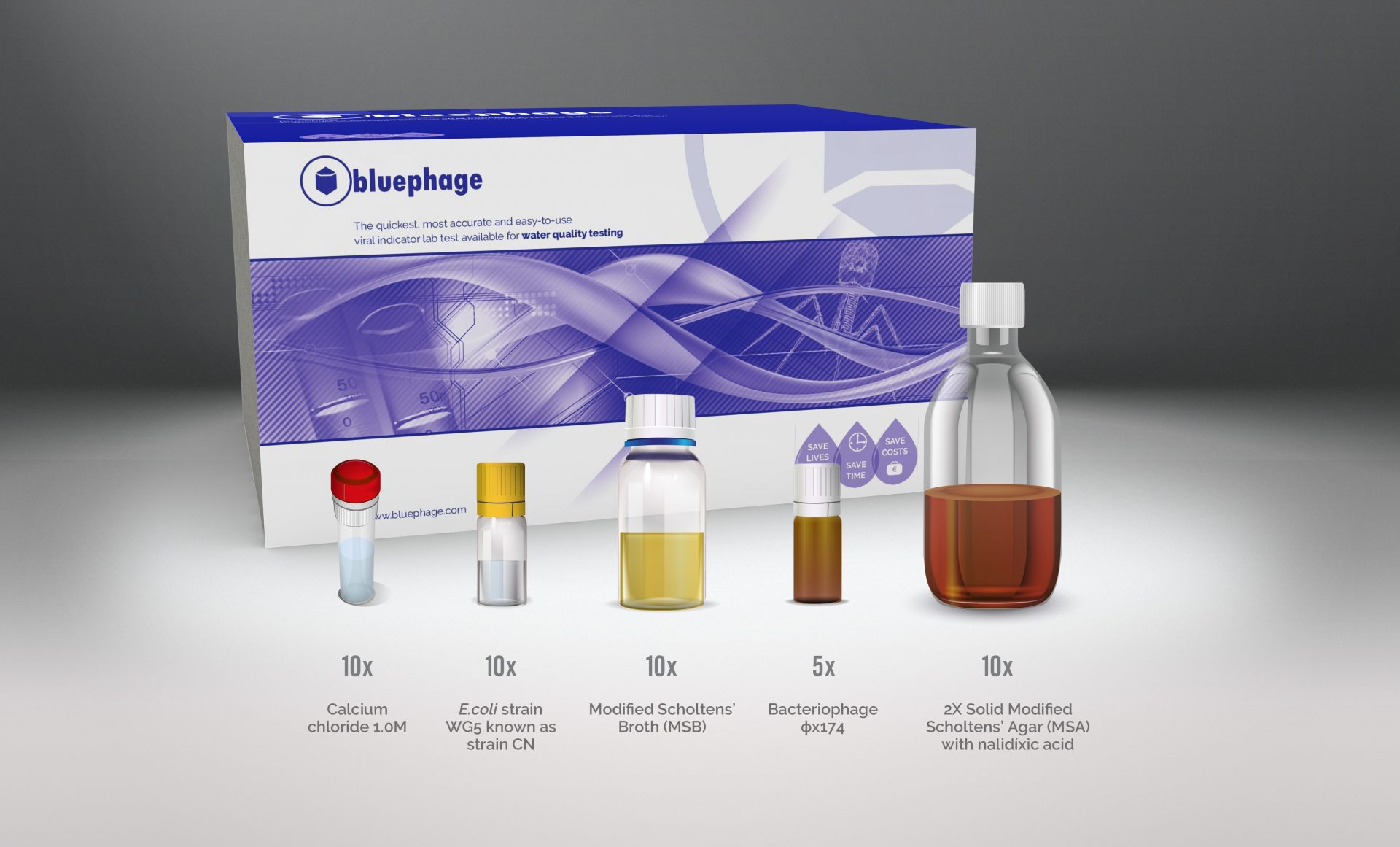BLOG | Bluephage
Global Water Testing and Analysis Instruments Market: Trends and Growth Drivers

The global Water Testing and Analysis Instruments market is projected to reach a value of US$ 7.37 billion by 2032, with an anticipated CAGR of 6.2% between 2023 and 2032. The increasing demand for safe and clean water, driven by factors such as population growth, urbanization, and environmental concerns, is fueling the market’s growth.
InsightSLICE’s comprehensive report, “Global Water Testing and Analysis Instruments Trends, Analysis, and Forecasts, 2023-2032,” delves into the latest market trends, growth drivers, potential opportunities, and challenges affecting the industry.
Water testing and analysis instruments play a crucial role in assessing the physical, chemical, and biological properties of water samples, aiding in the determination of water quality and the identification of contaminants or impurities. These instruments, ranging from handheld devices to advanced laboratory equipment, find application in diverse industries such as environmental monitoring, water treatment plants, food and beverage, pharmaceuticals, and research laboratories.
Key Growth Drivers:
- Increasing demand for safe and clean water: The rise in water pollution, coupled with the growing awareness of waterborne diseases, has led to a surge in demand for safe and clean water. Governments worldwide are implementing stringent regulations to ensure water safety, driving the need for effective testing and analysis instruments.
- Rising environmental concerns: Heightened awareness about the environmental impact of human activities has prompted governments and industries to monitor and reduce water pollution levels. Efforts to preserve water quality and protect aquatic life are driving the adoption of water testing and analysis instruments.
- Stringent government regulations: Governments across the globe have enforced strict regulations to control pollutant discharge into water bodies and enforce wastewater treatment. Compliance with regulatory standards, such as the Safe Drinking Water Act and Clean Water Act, necessitates the use of reliable testing and analysis instruments.


